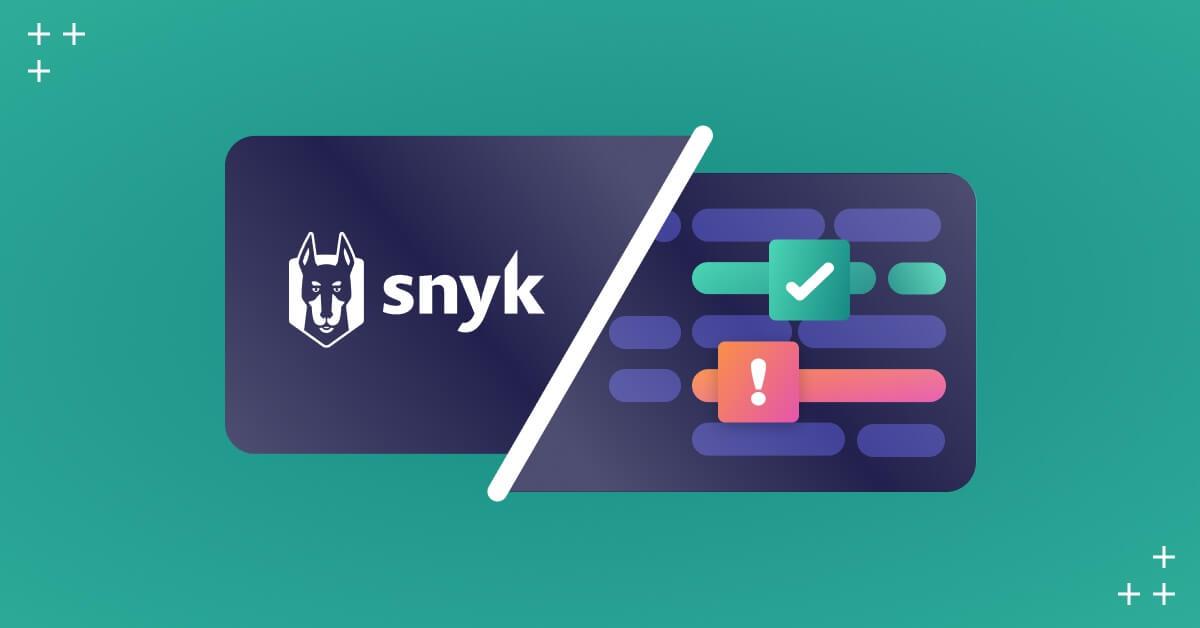AppSec spring cleaning checklist
2024年5月13日
0 分で読めますSomething about the springtime sunshine and blooming flowers inspires many of us to start cleaning. For some, it might be tackling the backyard shed that accumulated cobwebs over the winter or that overflowing junk drawer in the corner of the kitchen.
As you survey your home and yard and decide where to start cleaning, it’s also a great time to look at your application security program and see if any of your existing processes need some tidying up. Here are a few great places to start:
3 ways to tidy up your application security program
Organize your assets
We all know the feeling of looking for something all over the house, then mysteriously uncovering the missing object as soon as we organize a closet or drawer. Ultimately, staying organized makes it far easier to find things when needed. The same is true for application security.
When you consolidate and organize all of the application assets in your business’s purview — whether first-party code, open source components, infrastructure-as-code, or containers — it’s far easier to find something when you need it. And when it comes to zero-day vulnerabilities like Log4J, it’s much more urgent to find all affected applications than that favorite pen you could’ve sworn was buried in your junk drawer.
Declutter your security alerts
When we stand face-to-face with a room or closet full of clutter, a few thoughts might come to mind, like, “How did this happen?” “I wish [insert family member, roommate, etc.] wasn’t so messy.” “Where do I even start with all of this?”
Clutter can accumulate in the world of application security, too. But instead of miscellaneous items piling up in a closet or room, it comes as security alerts. If a security team doesn’t prioritize and organize security issues before handing them over to the development team, they’ll end up fostering the same emotions faced by someone staring at a room full of clutter. Developers will find themselves asking how this happened (after all, they aren’t security experts and are just trying to create functional code to the best of their ability). They might also start blaming the person they think caused the clutter (i.e., the security team). And even if they want to help, it can be challenging for them to know where to begin.
The solution is to prioritize alerts based on overall risk to the business and then deliver these triaged issues to the developers. It’s a good idea to leverage automation and tooling and flag these issues as soon as possible — ideally as soon as the developer commits their code. After all, it’s far easier to clean up a mess you made the same day instead of waiting for weeks, letting other messes accumulate around it, and then trying to clean up everything at once. That’s an overwhelming thought.
Spruce up your AppSec policies and controls
After you’ve done some spring cleaning around the house and yard, you might just be ready to redecorate and add new touches to make things better than ever. Maybe you’ll run down to Home Depot and pick out a new toolbox for all the scattered tools around your shed. Or maybe you’ll grab a brand-new bookshelf from Target to house all the books you didn’t know you had hidden away in a back closet.
As you clean up your application security program, you’ll also want to start sprucing it up with new organizational techniques and tools. After all the work it took to clean up your application security program, you’ll want to minimize the possibility of it becoming so chaotic and messy again. Similarly to buying a new shelf or box to keep items better organized in the future, it’s essential to maintain your newly-sorted AppSec program with the right policies and controls, such as automated monitoring and enforcement mechanisms. These guardrails ensure that no one in your organization strays back into the chaos by performing non-security-conscious actions again (e.g., committing code without running a security check, etc.).
ASPM: Your power washer for AppSec spring cleaning
When organizing your home and yard, no single tool can help you clean, sort, and spruce up everything. But in application security, there’s a solution that gives you a great starting point for all of the above activities: application security posture management (ASPM).
ASPM leverages holistic visibility into your application environment to aggregate, correlate, and assess security signals across the SDLC. It enables your team to fully understand application security posture, manage vulnerabilities based on actual risk to the business, and enforce security controls.
Learn more about how ASPM can help your team get a head start on AppSec spring cleaning.
Snyk を導入して DevSecOps を実現する
Snyk と Accenture のインサイトを活用して、アプリケーションの複雑さや AI のハルシネーションを解決しながら、開発チームとセキュリティチームの連携を促しましょう。
